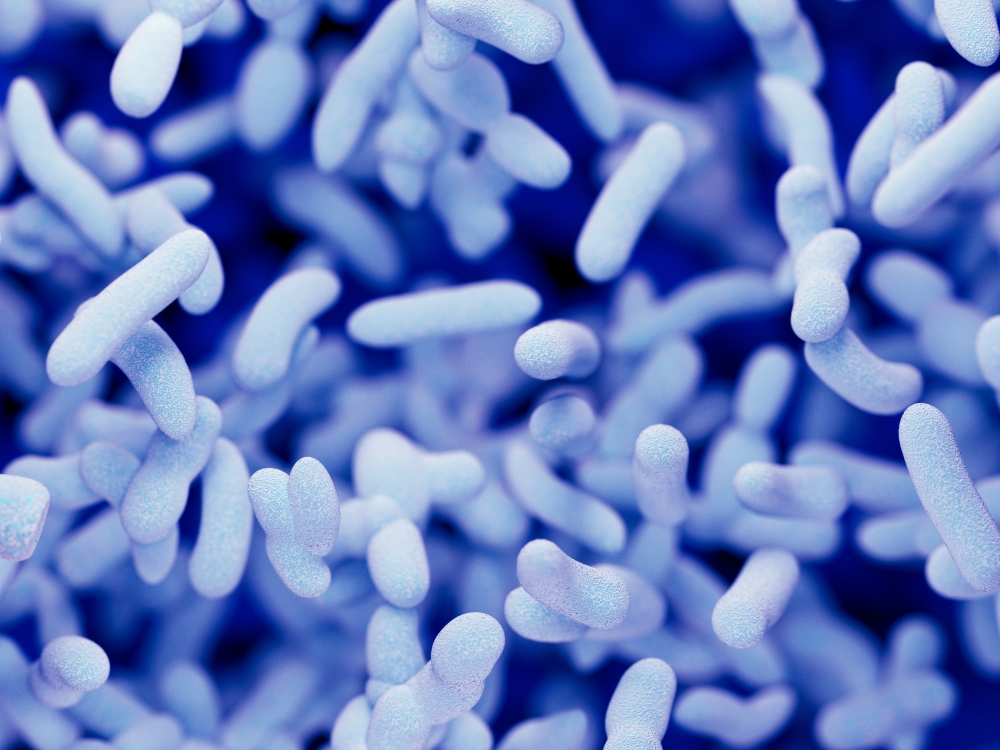DIPHTHERIA TOXOID
Diphtheria toxoid (lyophilised) is a purified diphtheria toxin from Corynebacterium diphtheria strain NCTC 10648; converted to inactive toxoid form and presented lyophilised.
PRODUCT DETAILS – DIPHTHERIA TOXOID
- Diphtheria toxoid (lyophilised) is purified from Corynebacterium diphtheriae strain NCTC 10648.
- Toxoid is presented lyophilised.
- Cytotoxicity assay in Chinese Hamster Ovary (CHO) cells confirm loss of activity.
BACKGROUND
Corynebacterium diphtheriae is a club-shaped facultative anaerobic species that exists in 4 biotypes (gravis, mitis, belfanti and intermedius) and toxigenic strains secrete an exotoxin which may cause diphtheria (WHO, 2017). Toxigenic strains are lysogenic for one of a family of corynebacteriophages which harbour the structural gene for diphtheria toxin, tox. As little as 100 to 150 ng/kg of body weight Diphtheria toxin is lethal in sensitive species such as humans. The toxin is composed of a single polypeptide chain of 535 amino acids with three structural/functional domains: an N-terminal ADP-ribosyltransferase (catalytic domain); a region which facilitates the delivery of the catalytic domain across the cell membrane (transmembrane domain); and the eukaryotic cell receptor binding domain (Murphy, 1996).
Humans are the only natural host for C. diphtheriae which is spread by droplets, secretions, or direct contact. It was typically a disease of children infecting the nasopharynx or skin and although most infections are asymptomatic or run a relatively mild clinical course, many patients succumb to airway obstruction caused by laryngeal diphtheria or toxic myocarditis. The control of diphtheria depends upon adequate immunization with diphtheria toxoid, a modified bacterial toxin that has been rendered nontoxic but retains the ability to stimulate formation of antitoxin. The toxoid is prepared by incubating diphtheria toxin with formaldehyde at 37° C under alkaline conditions. Vaccination with toxoids induces anti-toxoid antibodies that are able to bind with the toxin and neutralize its deleterious effects. Diphtheria toxoid is widely used as a component in the DTP (diphtheria, tetanus, pertussis) vaccine (WHO, 2015). Epidemiologic surveys have shown that immunization against diphtheria is approximately 97% effective. Although toxoid immunization has made diphtheria a rare disease in those regions which carry out mass vaccination, outbreaks of diphtheria still occur in nonimmunized and immunocompromised groups (Murphy, 1996).
REFERENCES
- Medical Microbiology. 4th edition. Baron S, editor. Chapter 32. Corynebacterium Diphtheriae. John R. Murphy. Galveston (TX): University of Texas Medical Branch at Galveston; 1996.
- Diphtheria. World health Organisation (WHO), 2015.
- Diphtheria vaccine: WHO position paper – August 2017. Vaccin antidiphtérique: Note de synthèse de l’OMS – août 2017. Wkly Epidemiol Rec. 2017;92(31):417-435.

